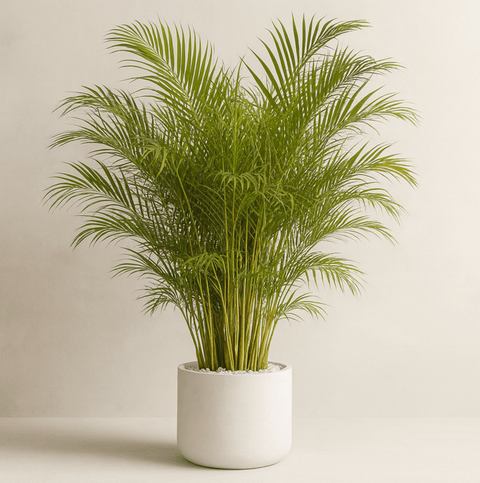Introduction
Fall-blooming Helenium is a vibrant addition to any garden, known for its rich colors and late-season blooms. These striking flowers not only beautify your space but also play a crucial role in attracting pollinators, making them an excellent choice for fall gardening.

1. Understanding Helenium
Description of Helenium
Helenium, often referred to as sneezeweed, is a hardy perennial originating from North America. Its bright, daisy-like flowers come in warm shades of red, yellow, and orange, making it a garden favorite. Popular varieties include Helenium autumnale and Helenium 'Moerheim Beauty'.
Benefits of Planting Fall-Blooming Helenium
Fall-blooming Helenium extends your garden’s flowering season, offering a colorful display well into autumn. Its nectar-rich blooms are a vital food source for pollinators such as bees and butterflies, especially as other flowers fade.
2. Choosing the Right Variety
Popular Fall-Blooming Varieties
- Helenium autumnale
- Helenium ‘Moerheim Beauty’
- Helenium ‘Waltraut’
Factors to Consider in Selection
When selecting a variety, consider your climate, as well as your preferences for flower color and size. Some varieties are better suited for cooler climates, while others may thrive in warmer areas.

3. Ideal Growing Conditions
Sunlight Requirements
Helenium thrives in full sun, needing at least 6-8 hours of direct sunlight each day. However, it can tolerate partial shade, especially in hotter climates.
Soil Type and Preparation
Well-draining soil is essential for healthy Helenium growth. Loamy or sandy soils are ideal, but if you have heavy clay, consider amending it with compost to improve drainage.
Watering and Humidity Needs
Keep the soil consistently moist but not waterlogged. Overwatering can lead to root rot, so ensure your soil drains well. Watch for signs like yellowing leaves, which can indicate overwatering.
4. Planting Helenium
Best Time for Planting
While you can plant Helenium in both spring and fall, spring planting is often preferred to give the plants time to establish strong roots before winter.
Step-by-Step Planting Guide
- Prepare the soil by loosening it and adding compost.
- Dig holes about 12-18 inches apart, depending on the variety’s mature size.
- Plant at the same depth as the nursery container and water thoroughly.
5. Care and Maintenance
Fertilization Tips
Apply a balanced fertilizer once in early spring. Avoid over-fertilizing as it can lead to excessive foliage with fewer blooms.
Pruning Techniques
Deadheading spent blooms encourages continued flowering. Cut back plants after blooming to tidy up the appearance and prepare them for winter dormancy.
Pest and Disease Management
Common issues include aphids and powdery mildew. Use insecticidal soap or a natural remedy, such as neem oil, to keep pests at bay. Ensure good air circulation to prevent fungal diseases.
6. Companion Planting
Pair Helenium with asters, coneflowers, or ornamental grasses to create a stunning fall display. These plants share similar growing conditions and enhance the overall garden aesthetic.

7. Harvesting and Using Helenium
Helenium makes excellent cut flowers for bouquets. To dry, cut the stems when the flowers are fully open and hang them upside down in a cool, dry place.
Conclusion
Growing fall-blooming Helenium is a rewarding way to extend your garden’s beauty into the autumn months. With their striking colors and ability to attract pollinators, they’re a fantastic addition to any garden. Why not give them a try this season?
























Comments (0)
There are no comments for this article. Be the first one to leave a message!